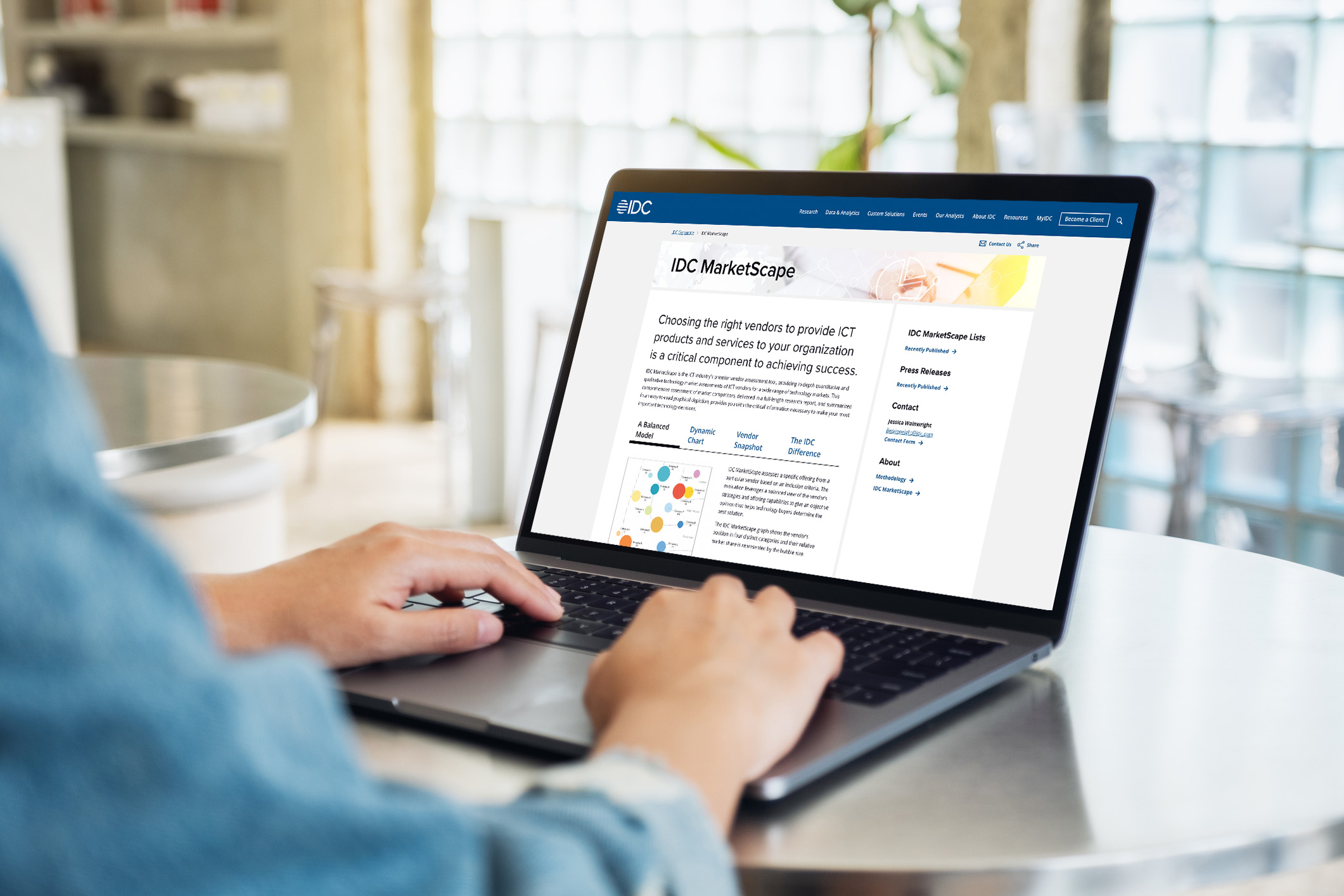
From personalization to multichannel to what today is omni-channel, we have been talking for many years about the best way to communicate with customers. With all that has been studied, written and discussed on the subject, it would seem by now that communicating with your customer base should be a lot easier than it is. But it isn’t.
Large enterprises still have portfolios of thousands of different types of touchpoints they send to customers. Within those touchpoints there is a wide variety of content to serve marketing, regulatory, financial and a host of other purposes. Added together, these discrete pieces of content number in the millions which, when multiplied by the number of touchpoints, result in an enterprise actually creating and sending billions of messages to customers every year.
The scope and the complexity of this process are enormous—and the pain points continue to get in the way of ease:
Unfortunately, those closest to the customer get the short end of the stick because of these hurdles. They don’t have the right tools at their disposal to manage content changes, which are instead the domain of IT because they require programming. Making a change requires a request from the business user, followed by processing the request, scheduling the work required and painful delays while programmers make changes and test them. Once the proof is ready for review, it often isn’t quite right and the business user has to go through the process all over again. As a result, making changes to content takes too long, costs too much and significantly inhibits ROI for the organization and time-to-market.
What is the message here? It is simple:
So how can an enterprise overcome these obstacles? The answer is to put control of the entire customer communication lifecycle in the hands of the business stakeholders so that they can create and manage their own content, independent of IT. That way, needed content changes can be accomplished in hours instead of weeks and at greatly reduced costs.
Accomplishing this transformation requires addressing the following key components to a business user- driven workflow.
At the end of the day, managing and delivering millions of print and digital communications containing billions of messages to customers is not easy. Finding ways to give control of the entire customer communications lifecycle to business users, independent of IT, is the best way to ensure customers receive timely, relevant and effective communications.

TORONTO, December 5, 2024 – Messagepoint Inc. announced it has been named a Leader in the IDC MarketScape:…
Read more
IDC’s MarketScape for Intelligent Customer Communications Management evaluates vendors that natively own or integrate forms technology and artificial…
Read the whitepaper
The mortgage servicing industry is under immense financial pressure. With interest rates high and home prices still rising,…
Read the Article